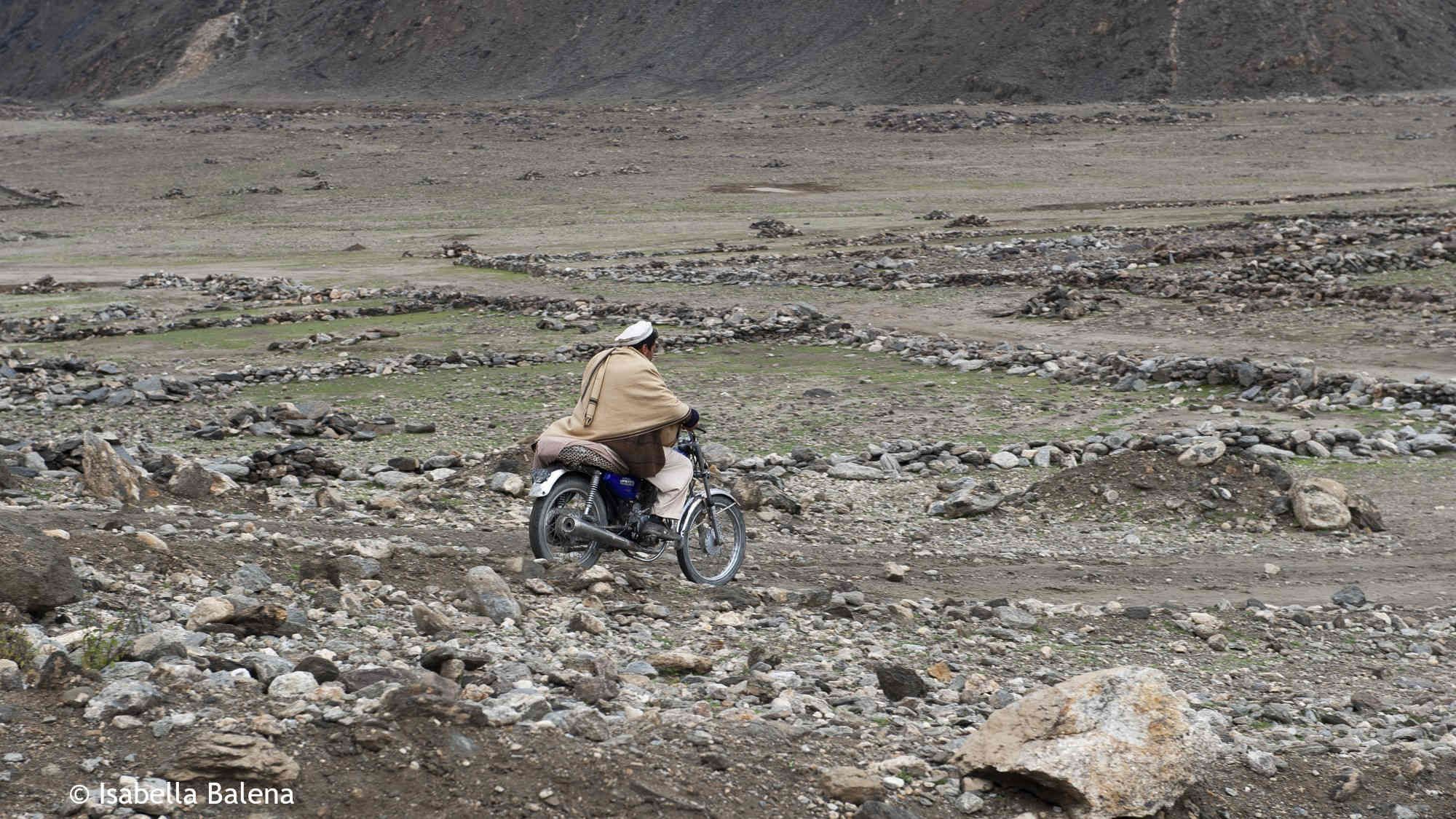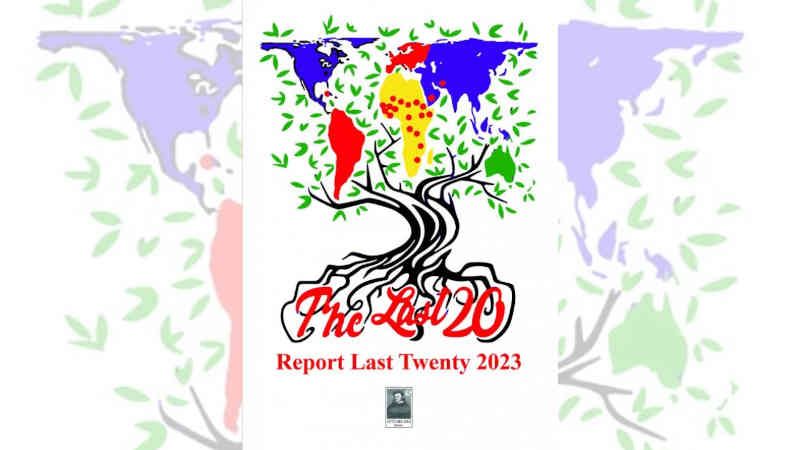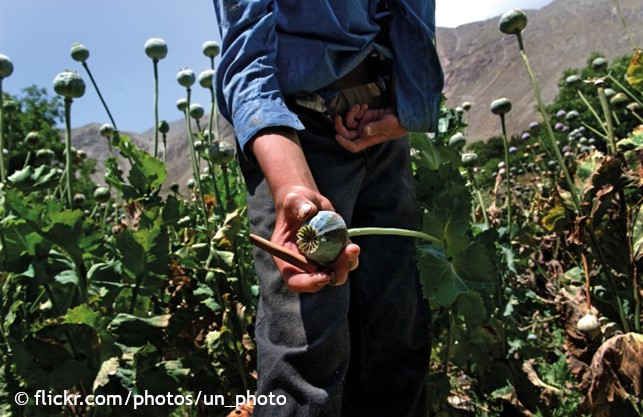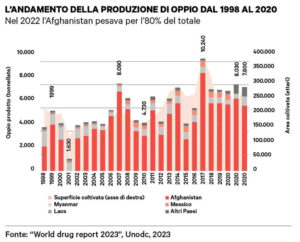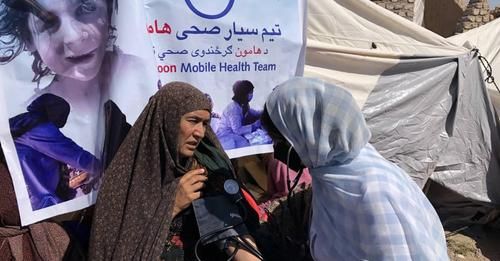Are the Taliban Different?
Taliban: A word now ingrained in our daily vocabulary to denote blind and fierce intransigence. However, until the late 1990s, most Italians were unaware of its existence, and in any case, it did not have any sinister connotations, simply meaning “student.”
On September 27, 1996, the term “Taliban” exploded in Western media with the menacing and grim meaning we use today: that day, the last president of the Democratic Republic of Afghanistan, Mohammad Najibullah, was taken from the UN building in Kabul (where he had taken refuge since 1992), mutilated, tortured, dragged around the presidential palace by a jeep, finally killed, and his corpse displayed for days. The brutal execution of the former president was carried out by a “new” group, the Taliban, which had emerged a couple of years earlier in a country devastated by civil war, crimes committed by “warlords,” and ten years of Soviet occupation.
Described as “students trained in Pakistani madrassas,” the Taliban entered the Afghan political scene in 1994 and have remained there ever since. But who are the Taliban? Where do they come from? How did they manage to take power in Afghanistan in 1996 and regain it in 2021 after 20 years of NATO occupation?
Doctrinal Roots
Of the four legal-religious schools of Sunni Islam, the Hanafi school, established towards the end of the 8th century in Iraq and considered the most “liberal” among the orthodox schools of Islam, is today the most widespread doctrinal interpretation in Central Asia, Egypt, Turkey, Syria, Jordan, Palestine, and Iraq. Within this school, in the second half of the 1800s in Deoband, India, the Deobandi movement emerged mainly as a reaction to the British colonization of India, which its proponents believed was at risk of corrupting Islam. Without going into detail, we can say that more than a religious-legal doctrine, Deobandism is an ideology characterized from the start by its anti-imperialist stance and it quickly spread throughout the Indian subcontinent and Afghanistan.
Doctrinally, it adheres to a very strict interpretation of Islam. Deobandi ideology is also influenced by Wahhabism (which belongs, albeit controversially, to another legal school, the Hanbali school). We make this clarification not for pure academic interest but because Wahhabism gave rise to the Salafist school of thought, closely tied to the ruling house of Saudi Arabia (and the foundation of the Muslim Brotherhood movement), whose most famous figure from the 1990s onward is a certain Osama bin Laden.
Despite Pakistani Sunnis following Deobandi ideology being about 20%, they manage about 65% of the madrassas (religious schools): it is in these schools that the Taliban were trained, and where a mysterious figure, Mullah Omar, emerged.
Little Fundamentalists Grow Up
The context is described in the final chapter of this dossier: after the evacuation of Soviet troops, Afghanistan descended into new chaos and the “heroic” mujahideen became the new tormentors of the population, responsible for daily crimes and abuses. In Pakistani madrassas, the children (often orphans) of Afghans who had taken refuge in Pakistan since the invasion are “deeply disillusioned by the disintegration of the mujahideen leadership, once idealized, and the criminal activities of their leaders,” writes Ahmed Rashid in his book Taliban. The journalist continues: “The younger Taliban know little about their own country and its history, but in their madrassas, they long for the ideal Islamic society created by the Prophet Muhammad fourteen hundred years ago, the society they want to emulate… Their simple faith in a messianic, puritanical Islam, the Islam that has been imprinted in their minds by simple village mullahs, is the only support they cling to and that gives some sense to their lives.”
Moreover: “They have voluntarily gathered in the exclusively male brotherhood created by Taliban leaders… they are orphans raised without women – mothers, sisters, cousins… They live a harsh, grueling life… They feel threatened by the half of humanity they have never known, so it is much easier to lock it away, especially if ordered by the mullahs who use primitive Islamic injunctions without foundation in Quranic law,” Rashid continues.
Entering the Scene
The entire country is engulfed in civil war, but southern Afghanistan and Kandahar province are the center of hell with bands of former mujahideen raiding the population, committing all sorts of abuses. It is 1994 and the Taliban are about to enter the scene with an episode that has become legendary: Omar, the mullah of a small madrasa in Singesar near Kandahar, is informed that a local commander has kidnapped two girls who were then raped. Omar gathers about thirty theology students and attacks the base, killing the commander and freeing the girls. Similar incidents occur, and the Taliban, who present themselves as “a movement aimed at purifying society” (Rashid), grow in numbers.
But the Taliban play another winning card: they protect the Pakistani transport and smuggling mafia, ensuring money and support for free passage through Taliban-controlled territories.
Pakistani military, government, and intelligence services had until then supported Gulbuddin Hekmatyar, considering him the most likely winner of the civil war in a country essential for opening trade routes and oil pipelines with Central Asian republics. Realizing they were backing a loser, the Pakistanis began supporting the Taliban movement, which had also attracted several Salafi groups, supported and equipped by Saudi Arabia.
The Leap in Quality
Initially supported by a part of the population to whom they promised peace after years of wars and abuses, sponsored by Pakistan and Saudi Arabia, the Taliban controlled 90% of the country within two years, eventually capturing Kabul and proclaiming the Islamic Emirate of Afghanistan.
If the killing of Najibullah was the act that introduced them to the world, it was their implementation of the most obscurantist interpretation of Islam that showed the Afghan people the true face of the Taliban: girls’ schools were closed, women could not leave home alone and had to be fully covered, televisions were destroyed, sports and creative activities banned, music and kites prohibited, men were required to grow beards and attend mosques, and every violation of sharia was severely punished, including public executions and stonings.
The Emirate was recognized only by the United Arab Emirates, Pakistan, and Saudi Arabia, but Saudi support and repression of the Shiite Hazara minority made Iran an enemy of the Emirate, thus attracting the interest of the USA (see the article on Afghanistan’s history): the Clinton administration viewed the rise of the Taliban favorably, not only as an anti-Iran stance but also in hopes of finding support for the Unocal-sponsored pipeline project.
Meanwhile, as the Afghan population, crushed by the Taliban’s reign of terror, tried to survive in a devastated country, the “students” consolidated their power, also thanks to the proceeds from opium poppy cultivation.
However, the real leap in quality for the Taliban came in 1996 when Osama bin Laden permanently moved to Afghanistan, establishing al-Qaeda’s most important base, where 2500 fighters were trained. The establishment of the Emirate with the relentless application of sharia and the presence of one of the ten most wanted men by the United States turned Afghanistan into a formidable hub for jihadists: “Afghanistan was an incubator where the seeds [of the jihadist movement] would grow,” said al-Qaeda’s number two, Ayman al-Zawahiri, quoted by Elisa Giunchi in her book on Afghanistan.
Escape and Reorganization
It was precisely as the operational base of bin Laden that the Taliban regime was held co-responsible for the September 11, 2001, attacks, and Afghanistan was attacked in October of the same year. Great importance was given in the West to US operations first and NATO missions later, but the fall of the Emirate did not correspond to the disappearance of the Taliban, who first took refuge in the southern Afghan villages, their historic stronghold, and then in Pakistan, in Baluchistan and the FATA (Federally Administered Tribal Areas), an area where Pashtun tribes enjoy a certain independence from the central government of Islamabad.
Despite the losses, almost the entire Taliban command structure remained intact and in Pakistan, thanks to support from Pakistani intelligence services, they quickly reorganized. The Pashtuns of the FATA opened their territory to fundamentalists from around the world (Chechens, Central Asians, Africans, Indonesians, Uighurs), who joined the ranks of al-Qaeda, whose fate became increasingly intertwined with that of the Taliban. They also learned guerrilla techniques and how to use sophisticated communication means from bin Laden’s organization and Pakistani intelligence services. By 2004, the Taliban had solid bases in Afghan territory and carried out continuous actions against Afghan police forces and NATO troops.
The Afghan central government effectively controlled only the capital, so much so that Hamid Karzai was called “mayor of Kabul” rather than president, while the rest of the country was again at the mercy of warlords and Taliban suicide attacks, which intensified starting in 2006.
Refer to the Chronology for event details. What we need to emphasize here is that in these years, Karzai maintained contacts with the Taliban to involve them in “peace negotiations.” This is where the “pragmatism” of a part of the Taliban is evidenced, and it will become important in later years: according to agreements with the Afghan government, the Taliban suspend military activities during the presidential elections, and to a lesser extent, for the parliamentary elections.
1994 and 2021: Are the Taliban Different?
Given what we’ve described so far, it’s no surprise that from May 2021, when the US began evacuating its troops, the Taliban were able to conquer territory with disconcerting speed and without encountering serious resistance, so much so that a month later, they were already laying siege to Kabul and the provincial capitals.
Twenty years had passed since the first NATO bombing, and if the Taliban had learned guerrilla techniques in the first years of their existence, in these years of NATO presence, they learned modern communication techniques and diplomatic mechanisms. Above all, they understood that the population cannot be subjugated by fear alone.
It is also no surprise that the Taliban of 2021 had a different profile than the Taliban of 1994: after twenty years of Afghan lives wasted, destroyed by violence, NATO bombings, forced migrations, lack of schools, and devastation of the territory, the new Taliban are “pragmatic,” write Monica Bernabe and Lucio Caracciolo in the introduction to the dossier Afghanistan 2021. They have learned to “avoid excesses to gain legitimacy in the eyes of the international community.” This legitimization, pursued for years with the “peace negotiations,” has had a first, sensational result with the Doha Agreement between the United States and the Taliban, signed in February 2020. The agreement promised the Taliban withdrawal of NATO troops in exchange for a promise not to give refuge to al-Qaeda.
This is the first point to note about the “new” Taliban: they wanted to appear different, peaceful, reliable partners in dialogue, capable of guaranteeing human rights, and even women’s rights (or at least that’s what the “negotiators” said). They wanted to transform the perception of the Taliban, a task that was initially successful, but then failed.
The Taliban are still a group that identifies with the Deobandi doctrine and maintains its essence, however much “pragmatism” they may exhibit. This became clear as soon as they took power, through acts similar to those they carried out in 1996: they prohibited co-education, expelled female students from universities, prohibited women from working for international NGOs, and implemented increasingly oppressive measures against women in general.
There is also another factor to consider: the “new” Taliban have learned that control of territory cannot be based solely on terror and the imposition of a single interpretation of sharia. Consequently, they reached agreements with local forces (like in the province of Panjshir, historically opposed to the Taliban) and tribes, recognizing their autonomy.
Therefore, the Taliban of 2021 differ in their approach from those of 1996, and perhaps the “modernized” Taliban will reintroduce a “softer” interpretation of their religious doctrine, capable of allowing the Afghan people to emerge from the obscurantism and repression that have characterized their history over the past fifty years.

